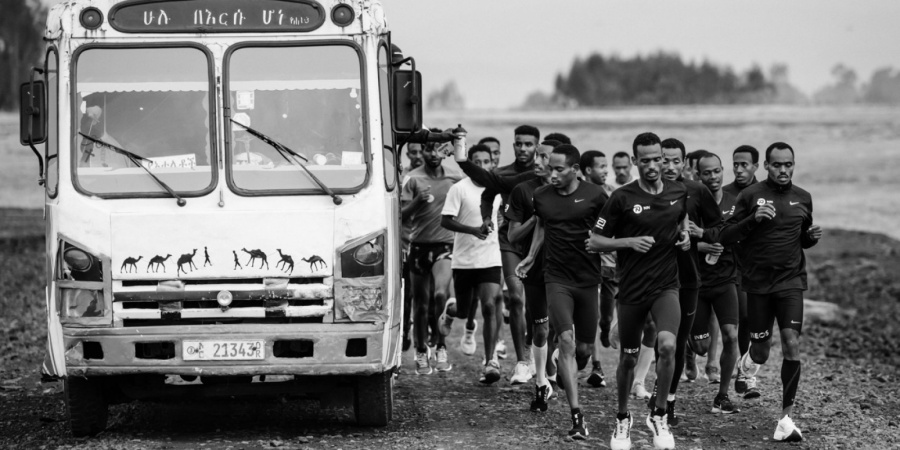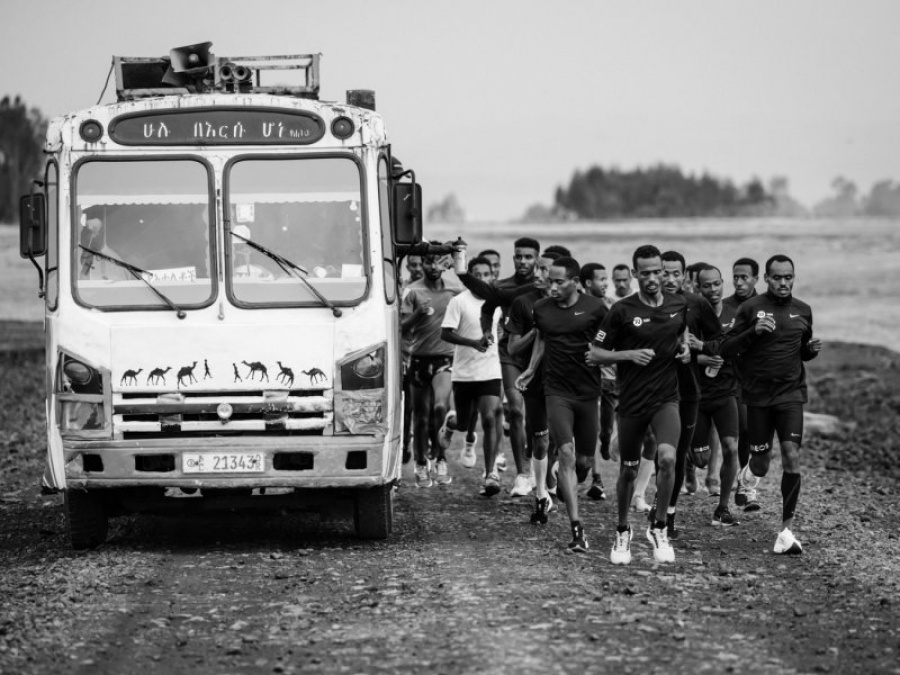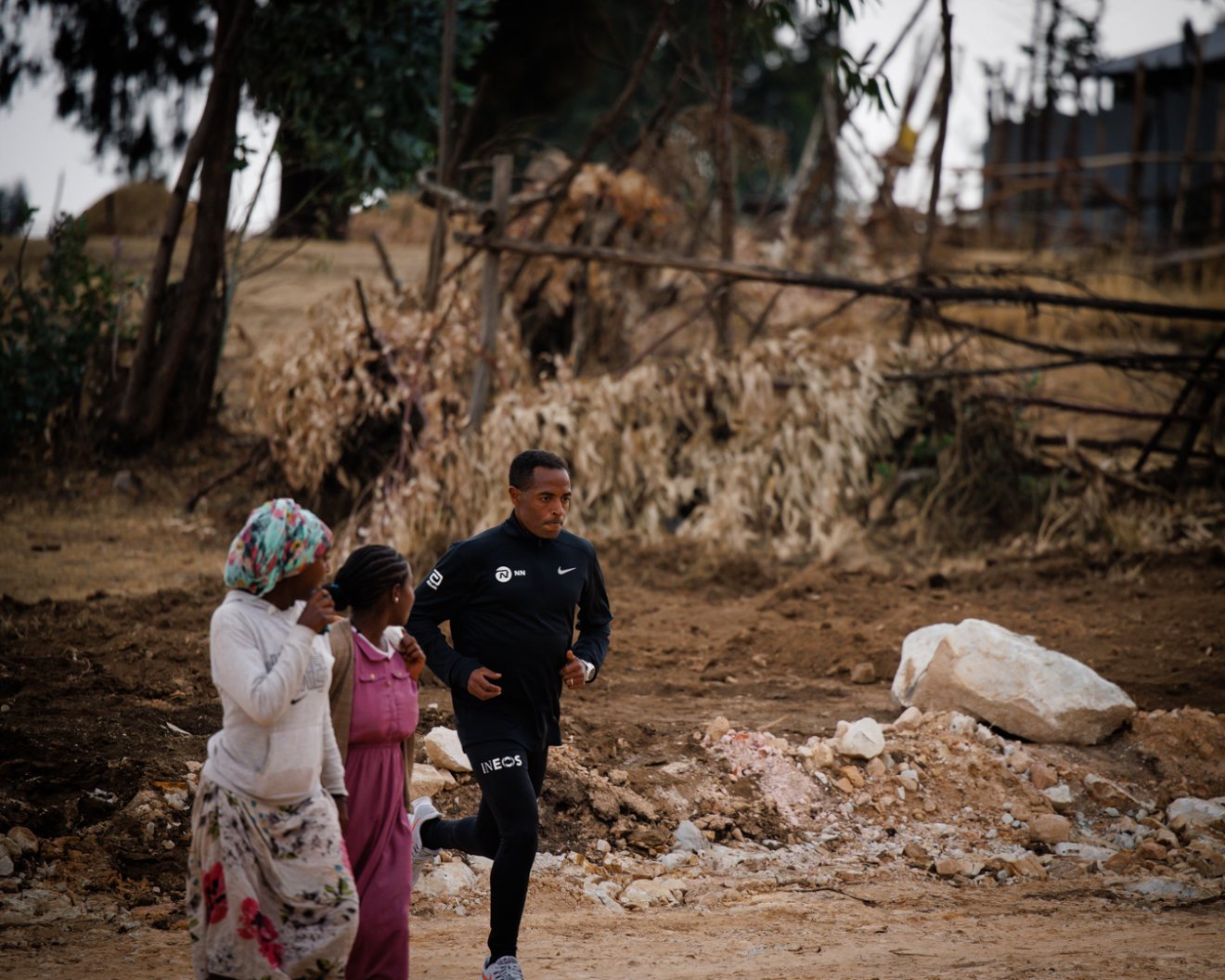

Altitude Explained
In the first of a series of NN Running Team articles on altitude we offer an explanation as to how it plays a critical role in the preparation of all our athletes.
Q: What is the theory behind training at altitude?
A: Oxygen affects the energy the muscle receives to perform physical activities. Red blood cells help carry the oxygen around the body to help muscles perform their functions. At a higher altitude, the atmospheric pressure lowers which make the transfer of oxygen into the blood harder.
As a response the brain triggers an increased production of the hormone erythropoietin (EPO) which allows the body to compensate by making more red blood cells which allows for the better transportation of oxygen. Over periods of time at altitude this allows the body to better transport the more limited oxygen than when first arriving at altitude.
Then when an athlete returns to sea level to train or compete the increased level of red blood cells, coupled with the higher atmospheric pressure allows for the better transportation of oxygen and enhances an athlete’s aerobic capacity. If this is done repeatedly the body learns to perform under difficult conditions, so when conditions are much easier (at a low altitude) to run quickly feels relatively so much easier.
Q: Many of the most world’s best endurance runners are born at altitude, is this an advantage?
A: If you have spent your whole life from birth not only training but living at high altitude it allows your body to easily adjust to the tougher physical conditions experienced there. Not only this, but many of the top athletes in East Africa often have strong physical conditioning from working on a farm and walking, running or biking to school. This means when many of the athletes start formal training at the age of 15 or 16 in many ways their entire childhood had helped them prepare for the training that is required to excel in running.
Q: How high are the altitude bases of the NN Running Team?
A: In Ethiopia it can differ but is generally at around 2400m. It is also a similar height in Kaptagat in Kenyan and Kapchorwa in Uganda. It should be noted, however, that for some training sessions the altitude can either increase or reduce depending on the requirements of the session. Training consistently at high altitude helps best physiologically prepare the athletes for competitions.
Q: What do the NN Running Team training camps offer at high altitude?
A: Our Kenyan base in Kaptagat hosts around 25 athletes some of whom specialise in the track and some in the marathon. All the athletes live in the camp during the week and are given all their meals there. The athletes tend to return home back to their families on a weekend. Kapchorwa is another training camp which is set up in a similar way to Kaptagat. It is quite a different arrangement in Ethiopia whereby the athletes all live at home in and around the capital city Addis Ababa. They then travel to several different locations for training. Kaptagat and Kapchorwa are set in quiet rural areas. The advantage being this allows easy access for athletes to leave the camp and have immediate access to training routes in the forest.
Q: What are the challenges training at altitude?
A: For those born at high altitude who are accustomed to the conditions they are well adapted, so face few challenges. For those, however, that come from low altitude and travel up to altitude to train for periods of time then they require good specific knowledge from the coaches. It is important to rein back the speed during training compared to when training at a lower altitude. If this is not adhered to then there is a serious risk of burnout.
Q: Would there be any instances where training at sea level would be advantageous for the NN Running Team?
A: Not really. For many who train at high altitude as part of the NN Running Team it has to be remembered it is their home environment, so it is beneficial to train at home. Of course, athletes might find less distractions away from home in other areas of the world but that is not something that has been considered as an option.

